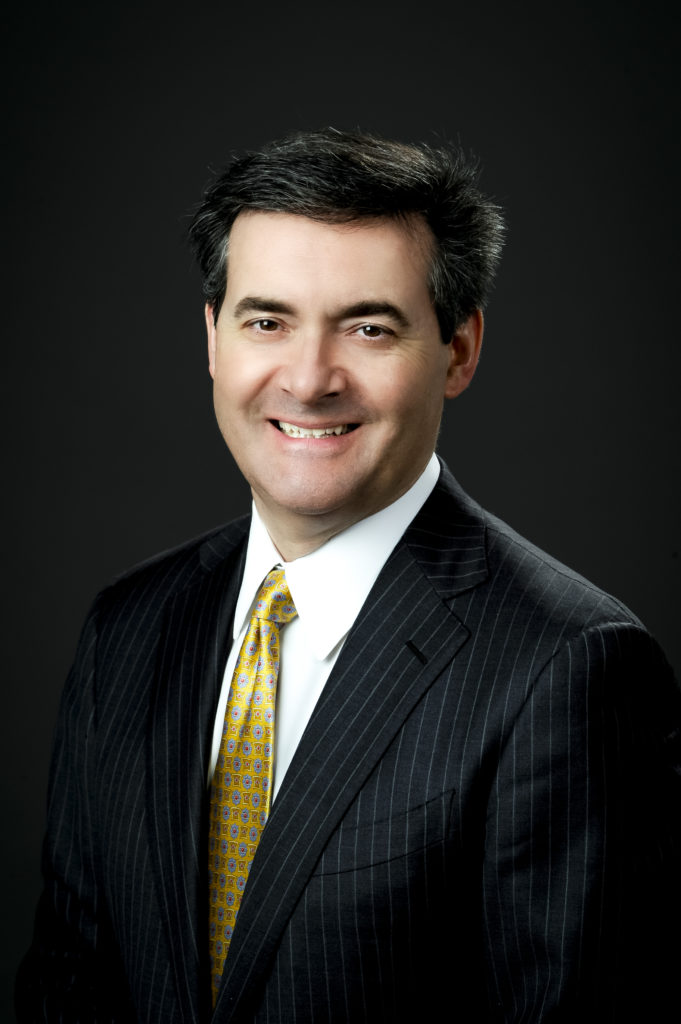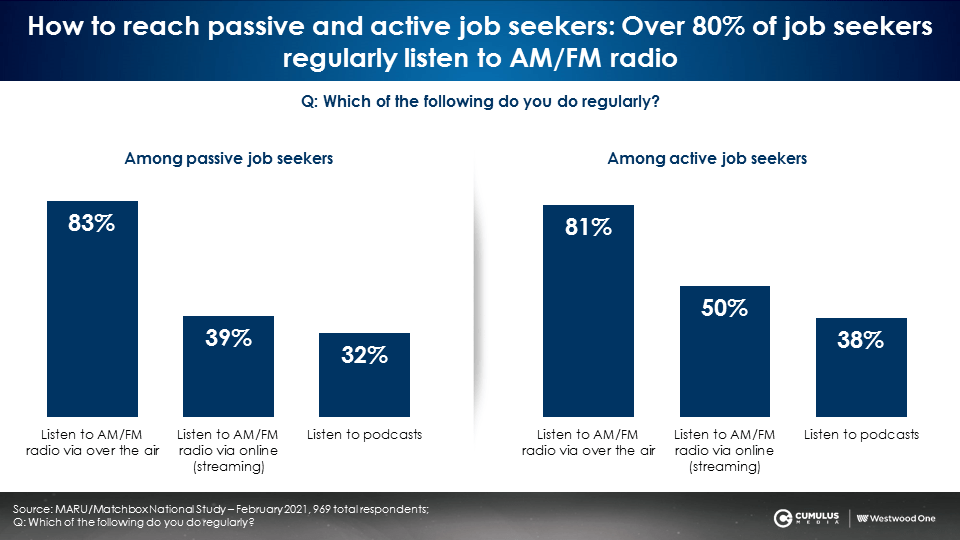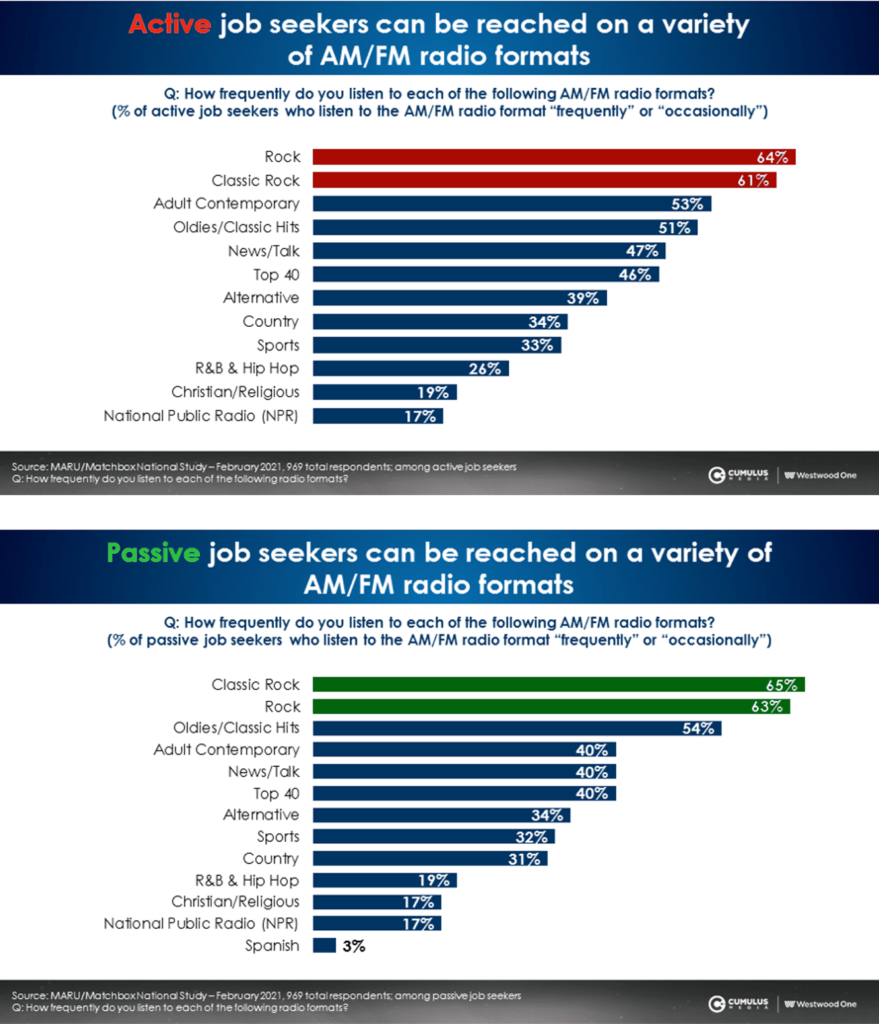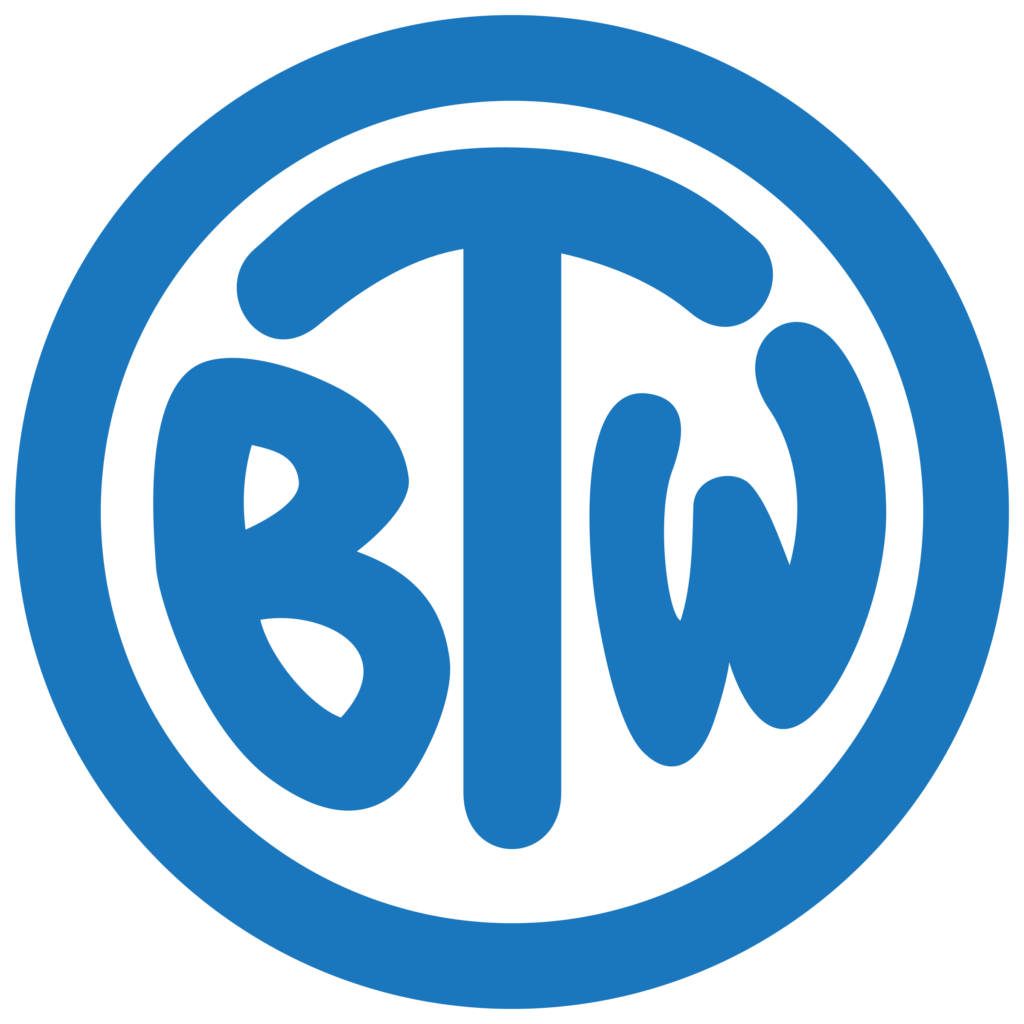)
Who’da thunk?
Here we are careening into an uncertain summer and the two big things facing America are these:
- There are gas shortages
- Most businesses are hiring but can’t find workers
However, we’ve got all the toilet paper and hand sanitizer we need.
Well, radio can’t do a whole lot about the first problem. As you have no doubt read, the Colonial Pipeline, one of the country’s biggest gas distribution outlets was hacked, effectively crippling the availability of fuel at the nation’s pumps. As I write this post, the pipeline is reported up and running, and in just a handful of days, the U.S. and its love affair with gasoline will be right as rain. Of course, it appears Colonial ended up paying nearly $5 million in ransom money to the hackers.
And then there’s the other mess. Unemployment continues to be on the high side – just north of 6%. But the irony is that thousands of companies are hiring, and yet cannot tap into enough qualified, willing workers to get back on track. Is it fear of going back to a workplace, a lack of willingness to go back to work, or something else? Even the experts are baffled.
The Federal Reserve reported in February the U.S.’s 4.9% job opening growth is now higher than 2019 levels. Many employers are struggling to attract and hire workers.
Where does radio fit into this scenario. Well, no one in radio broadcast has the cash flow right to now to pay a ransom. (Perhaps, we could trade?)
But when it comes to helping America get back to work, radio is especially well positioned to play a key role in solving the problem.
Cumulus/Westwood One’s Chief Insights Officer, Pierre Bouvard, just produced research that sheds light on both the challenge and opportunity.  Employee recruiting is key to both putting America to work and getting the nation’s businesses up and running.
Employee recruiting is key to both putting America to work and getting the nation’s businesses up and running.
Cumulus/Westwood One commissioned MARU/Matchbox to conduct a study this past February. One of their key findings is that passive job seekers – those not actively looking for work – outnumber active job hunters by a whopping 4:1 margin.
The study identifies LinkedIn and Indeed as the two big dogs in the online job site competition. All the other players pale by comparison.
Radio should play an important role in the job seeking process. The research indicates that more than eight in ten job seekers – active and passive – are regular AM/FM radio listeners. Those who stream their favorite broadcast radio stations also outrank podcast listeners among both of these jobless groups.

But as we know, broadcast radio has many different shades, formats, and audiences. The MARU/Matchbook study breaks radio down by a dozen format groupings, ranked by job seekers and the programming they listen to most.
For both Active and Passive job hunters, it’s Rock and Classic Rock – #1 and #2.
Classic Hits/Oldies also score well.

This kind of data is a road map for media buyers as well as for local retailers looking for simple solutions to efficiently reach the people they need to staff up on their road to recovery.
It is also important to make the point that data specific to category usage, behavior, and intent to purchase should be important differentiators for both buyers and sellers. Rather than making marketing decisions based on rank positions, it is clear from the above charts that all listeners are not equal when it comes to matching up against a campaign’s goals.
In this case, Rock and Classic Rock fans represent the most efficient and effective path. But for other products and services, different formats emerge as better solutions. And in the case of Classic Rock – a format some believe is over the hill (or the “cliff”), it is a welcome data point that underscores the value of an audience that is often overlooked.
services, different formats emerge as better solutions. And in the case of Classic Rock – a format some believe is over the hill (or the “cliff”), it is a welcome data point that underscores the value of an audience that is often overlooked.
Sadly, much of this granular data has proven difficult for radio sellers to legitimize. Ironically, in an era of personalization and hyper-targeting, radio continuing to broker its wares with nondescript, vague metrics underscores the medium’s lack of marketing sophistication.
Studies that illustrate radio’s targetability are necessary steps that are long overdue. The medium attracts diverse audiences that can be hyper-targeted to a client’s benefit. Just ask the Biden campaign.
In the meantime, sales departments and DOS’ would be wise to look for data that can help their teams and their local partners work more effectively together in order to optimize results.
Meantime, a concerted effort by radio broadcasters to focus on how companies – from Geico and Home Depot to nail salons,  bodegas, and carry-out joints – can staff up to meet increasing consumer demand would be a smart strategy.
bodegas, and carry-out joints – can staff up to meet increasing consumer demand would be a smart strategy.
Helping turn WFH into BTW – Back To Work – could become a rallying cry for radio as we turn the corner on the pandemic.
Kudos to Bouvard and Cumulus/Westwood One for setting the table.
Let’s help get people those jobs and help our clients find them.
- Media And Technology In 2025: Believe It Or Not! - April 18, 2025
- In Radio, You Just Never Know - April 17, 2025
- The Secret To Making A Great Podcast (And Great Radio) - April 16, 2025




It’s not a mystery why so many are not returning to work. A large majority of the recently unemployed are women, the same women who must be at home with the kids who are attending school from home.
And until a child care program is passed, this remains a problem. Thanks, Gregg, for making the point.
The “mystery” could be solved if workplaces didn’t have online hiring services screen through workers for them. When I had been jobhunting a few years back, there were a number of online questions used to delete candidates who were perfectly capable of doing the advertised job. Companies need to put the hiring firms under the microscope before putting their future in their hands. There’s a lot to be said for doing your own screening.
Especially in the case of media outlets where skill sets and attitude are often more important than the typical benchmarks. Thanks, Dianna.